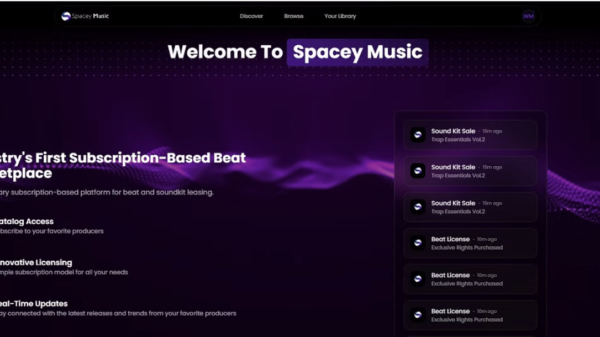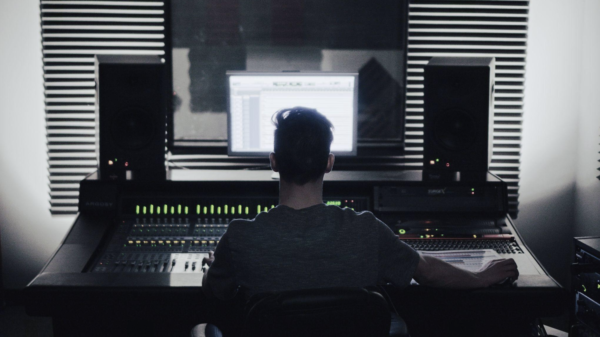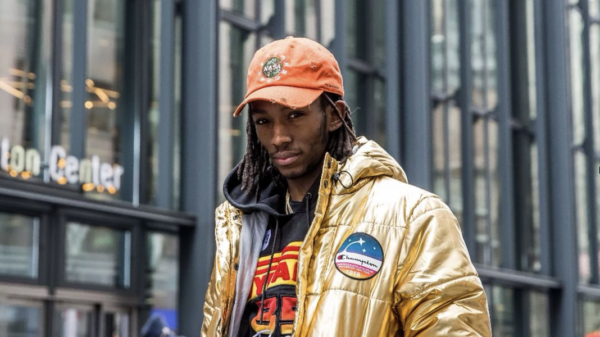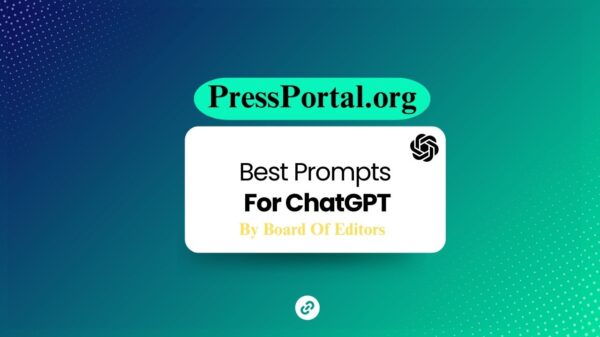For all of its convenience, streaming platforms like Spotify and Apple Music have introduced a brutal kind of efficiency to how we listen to music. Algorithms prune and shear outliers, molding our tastes into perfectly symmetrical vectors filled with the same familiar superstars — Taylor Swift, Bad Bunny, Drake (still). Meanwhile, independent artists have spent years expressing their frustrations with the paltry payouts of most DSPs. All the while, overall streaming growth has slowed in recent years, squeezing artists’ margins even further.
This is where Nina Protocol, a scrappy New York-based music platform founded in 2021, hopes to change things. A remnant, or perhaps a survivor, of the early 2020s NFT boom, the platform works as a peer-to-peer streaming service that allows artists to upload their projects onto the blockchain and distribute them to fans to download, with every step of the process preserved in digital amber. Artists on Nina keep 100 percent of the revenue for their music, an even more favorable rate than on Bandcamp, which remains a popular platform among indie artists. Nina has grown somewhat under the radar, avoiding the familiar Crypto hype cycles in favor of a more community-oriented approach. “We didn’t set out to start a company,” Mike Pollard, one of the company’s founders, says. “We just wanted to make it easier — and fairer — for musicians to put their work online without feeling like they were giving it away to a black box.”
If the original idea behind streaming music was empowering artists and creating a digital hub of all music, this current era offers a newfangled catch-22. While it is true that music discovery has never been more expansive, and releasing new music has never been easier, most artists are dependent on the same handful of providers. What’s more, most of us listeners don’t actually own the MP3s we’re listening to, meaning if Spotify or Apple Music’s servers are down — as has happened before — the music simply stops. Pollard and co-founder Jack Callahan, both veterans of the underground tape and vinyl scenes, first got the idea for Nina after a conversation about preserving digital music archives.
Editor’s picks
“It was when all the NFT hype was going crazy,” Callahan says. “But instead of trying to sell some million-dollar JPEG, we were like, what if we use this technology to actually preserve music — to make sure it doesn’t just disappear one day like all those lost MySpace archives?”
They ventured out to build a proof-of-concept. The pair had been approached about releasing a rare recording by the famed jazz pianist Scatman John and decided to test out their idea with the project. They brought in Eric Farber, a developer and longtime collaborator, who helped with the backend development. “We built it for one release,” Farber says. “Then we realized we actually wanted to use it. Our friends wanted to use it. Suddenly, we were like, oh, this could be real.”
The team sees it this way: Nina is more like digital infrastructure than a single product. The actual music files live permanently on the Arweave blockchain, while all payments are handled on the Solana chain, famously the hub of the current meme coin frenzy. The code itself is open source. “It was never about speculation,” Pollard said. “We wanted permanence. Dignity. If we shut down tomorrow, the music would still be there.”
Soon, the crew was able to quit their full-time jobs and grow the team, bringing on Cal Hickox to run editorial and artist outreach. Among their earliest challenges was explaining how it all worked to the artists themselves. “I’d be like, okay, write this password down and put it in a shoebox, and don’t lose it — otherwise you’ll never log in again,” Hickox remembers.
Over time, an eclectic mix of young, internet-savvy musicians began gravitating to Nina. Artists like ML Buch, Chanel Beads, and Model/Actriz have all released music on the platform. Acts that, like Nina, occupy a space somewhere between underground and mainstream. “We were too DIY for the crypto crowd and too crypto for the music crowd,” Callahan says. “But that meant we were exactly in the right place.”
Related Content
Any skepticism about blockchain projects involving music has been well-earned. The boom and bust of NFTs, and especially NFT albums, which were almost always rooted in some kind of speculative scam, rightfully sends alarm bells through anyone’s mind when they hear about projects like Nina. But whereas the early proponents of the technology promised riches unseen, Nina’s focus has remained steadfast on the music itself. “We didn’t want to be a Web3 company,” Pollard says. “We wanted to be a music platform that happened to use Web3.”
As the music industry reckons with the stagnation of streaming revenue, not to mention the continued proliferation of AI-generated tracks (and artists?), Nina’s focus on the music nerd layer of fandom has kept them growing steadily, with a monthly user count of around 40,000 and 20,000 releases uploaded to the platform. Everything from Surf Gang’s ethereal take on sample drill to the experimental post-punk band Moin.
The team likes to describe Nina as ‘if Bandcamp and SoundCloud had a baby.’ They’ve spent time building out a robust editorial side, with interviews, essays, and various scene reports, hearkening back to the aughts-era music blogs that shaped many millennials’ musical tastes. “We want people to build their own corners here,” Hickox says. “The dream is that someone starts a little magazine on Nina, writes about their friends’ bands, and that becomes a whole world.”
Still, a company has to grow. For all of their talk about community and ethical music consumption, I wonder how they plan to make it work financially. “We’re not trying to scale like a tech company,” Farber says. “If we ever hit ten percent of Bandcamp’s daily volume, we’d be profitable. That’s enough.”
Their latest project — a community revenue-sharing model — might be the type of innovation fans have been waiting for. “If you send your friend a record and they buy it, you get a cut,” Farber explains. “It’s not about making anyone rich. It’s about aligning incentives — rewarding the people who actually care.”
It’s a business model that could, in fact, scale. If Substack creators can make a living on affiliate links, why not music geeks? I ask whether they envision a world in which major labels get involved, as they did at the onset of the streaming boom. “Maybe,” Hickox says. “But we don’t want to lose what makes this work. Every city’s got that one weirdo kid making strange music. Nina should feel like their home, not another portal for the same ten artists.”
Trending Stories
Still, major labels are well aware of what’s going on at Nina. “A&Rs at every major label use Nina — from the head of A&R at Atlantic, to an A&R at Interscope I was talking to yesterday — from all over the major spectrum,” Hickox says. “Sometimes I talk to them and they’re like, ‘Nina is a refuge from this other side of music.’ It represents something that is fundamentally different than what the major label ecosystem represents.”
What might that be? “We come from the blog era,” he adds. “Everyone had their links, their ‘friends of the blog’ sidebar. That’s what we’re trying to bring back — a decentralized, traceable community of music freaks.”






























